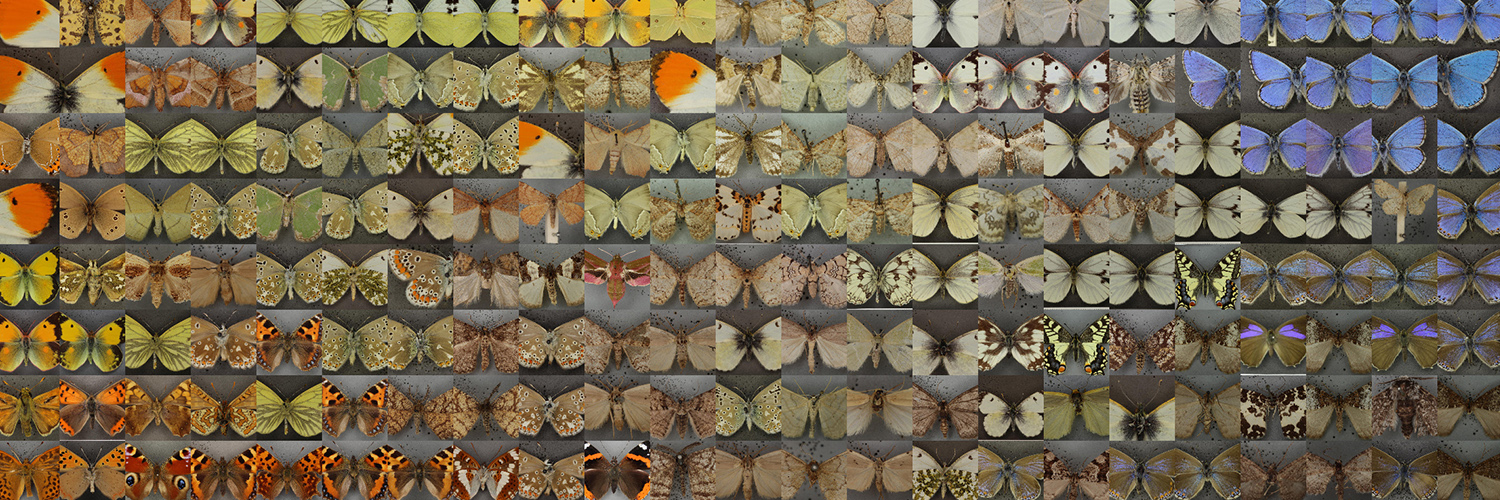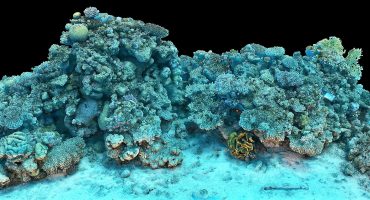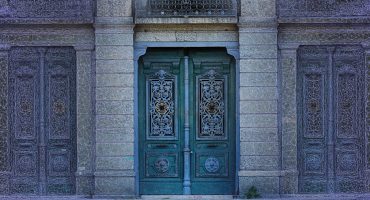Jennifer Pullar, Communications Manager for Digital Collections shares how 3D is one of the approaches being used to tackle digitisation of the collections at Natural History Museum, London and how Sketchfab is helping to give new audiences access to the collection.
The Natural History Museum’s collections date back more than 300 years and provide a unique source of data across time and geography to inform our understanding of the past and help us answer some of the major issues facing humanity today, from climate change to combating disease. The Digital Collections Programme was initiated by the Museum in 2014 to take a systematic approach to digitising its massive collection of more than 80 million items.

A selection of specimens from the Natural History Museum’s vast collection of more than 80 million items.
With 80 million items to choose from, ranging from microscopic insects to massive skeletons, and bound volumes of pressed plants to specimens in jars of spirit; what we mean by ‘digitisation’ can be different for each type of specimen.
For many specimens, digitisation is achievable at a ‘industrial scale’ – for instance we can image hundreds of microscope slides in a day. However, the Museum also needs to explore techniques to image more challenging specimens such as very large whale skulls, to examine what can be achieved with technologies like 3D surface scanning.
So far we have released over 4 million specimen records via the Museum’s Data Portal offering free global and open access to scientists and others. Since 2015, over 12 billion records have been downloaded during over 150,000 download events. In March 2018, Sketchfab was integrated with the Museum’s Data Portal, allowing users to view 3D visualisations of our specimens alongside data from the collections. Visit the Museum’s blog, four million specimens and counting to find out more about who’s using the Natural History Museum’s digitised collection.
‘Cetacea’ is the collective taxonomic order for whales, dolphins and porpoises. Cetaceans are great indicators of wider ocean health, and fascinating in their own right. We are using 3D handheld surface scanners to map the surface of selected cetacean skulls, producing a digital surrogate of each specimen. Researchers can get more detailed information on complex anatomical structures like the skull using 3D approaches than is possible from 2D photographs. 3D modelling helps researchers gain an understanding of large animals like whales, which are difficult to observe in the wild or to handle as specimens.
“As cetaceans are rare and underwater it’s difficult for scientists to study even the smaller species, and the larger species present an even bigger challenge. Creating 3D scans of these specimens is democratising science. People all over the world are already using the data without having to come here and physically look at the specimens.” Dr Natalie Cooper, Researcher, Natural History Museum, London.
Museum researchers will use the 3D datasets to perform comparative analysis between cetacean skulls to gain further understanding into how these animals developed and adapted to life in the ocean and how their skulls compare to other vertebrates. Find out more about how Museum scientists study the biggest creatures in our Oceans.
Using Sketchfab as a platform to host our 3D models is another way for us to engage with a wider audience beyond the scientific research community. We have seen this to great affect when we used sketchfab to host models of Darwin’s Fossil Mammals earlier this year. We published 14 models that had been documented as belonging to the Toxodon. Toxodon was a large mammal endemic to South America and would have looked a bit like a cross between a rhinoceros and a hippopotamus, although it wasn’t closely related to either. These models have so far had over 2000 views on sketchfab, with the skull of Toxodon platensis getting the most views. The project was also featured in the Guardian, National Geographic Spain and the South American newpaper El Mercurio and we have had fantastic feedback from those using the models. You can find out more about Darwin’s fossil mammals on the Museum website.

Our collections are in constant use by scientific researchers, but we also want to hear from people with a cultural or artistic background – we hope to encourage the widest possible use of our collection both digitally and physically, and love hearing stories about how people are using the collections to inspire a whole range of activities. We are in an exciting time with the development of digital technologies democratising access to information from the world’s institutions. We want to tell people around the world what we have, so that they can tell us what they need and help shape the digital museum for new generations.
Find out more about Digital Collections at the Natural History Museum by following us on twitter, visiting the Museum website or checking out our latest 3D cetacean skulls on Sketchfab. For more information on the cetacean skull data set, please visit the Museum’s data portal.



